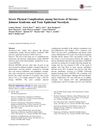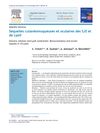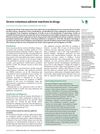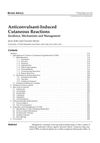Ocular and Mucocutaneous Sequelae Among Survivors of Stevens-Johnson Syndrome and Toxic Epidermal Necrolysis in Togo
January 2019
in “
Dermatology Research and Practice
”
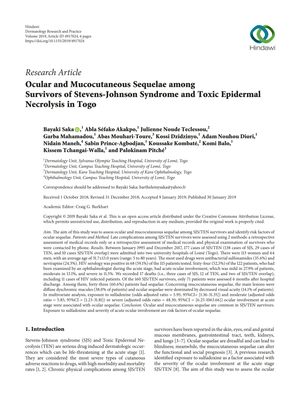
TLDR Many survivors of Stevens-Johnson Syndrome and Toxic Epidermal Necrolysis in Togo suffer long-term eye and skin problems.
The study investigated the long-term ocular and mucocutaneous effects in 177 survivors of Stevens-Johnson Syndrome (SJS) and Toxic Epidermal Necrolysis (TEN) in Togo, finding that 60.6% of the 71 survivors assessed after 6 months had sequelae, with 36.6% experiencing ocular issues such as reduced visual acuity and 2.8% becoming blind. The most common mucocutaneous sequelae were diffuse dyschromic macules. Risk factors for ocular sequelae included exposure to sulfadoxine and severe acute ocular involvement. The study highlights the need for follow-up care with dermatologists and ophthalmologists for SJS/TEN survivors. It was limited by its retrospective design and small sample size, and involved 21 patients who gave oral consent for the study.
